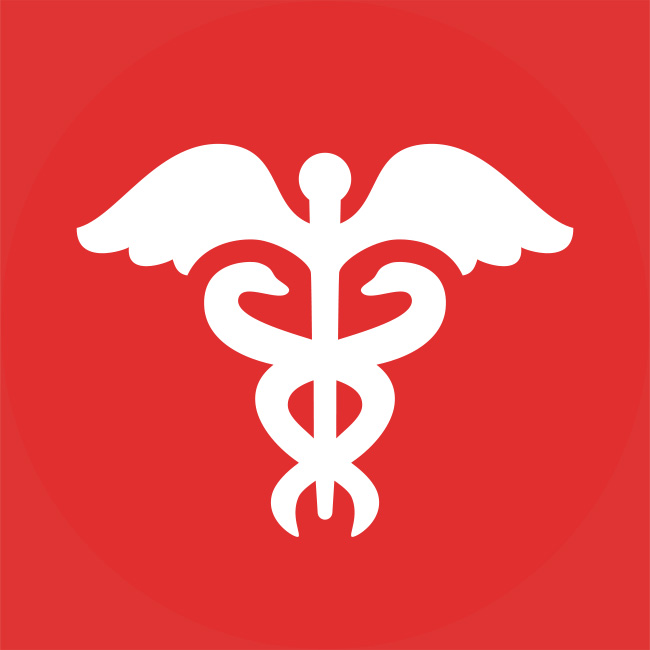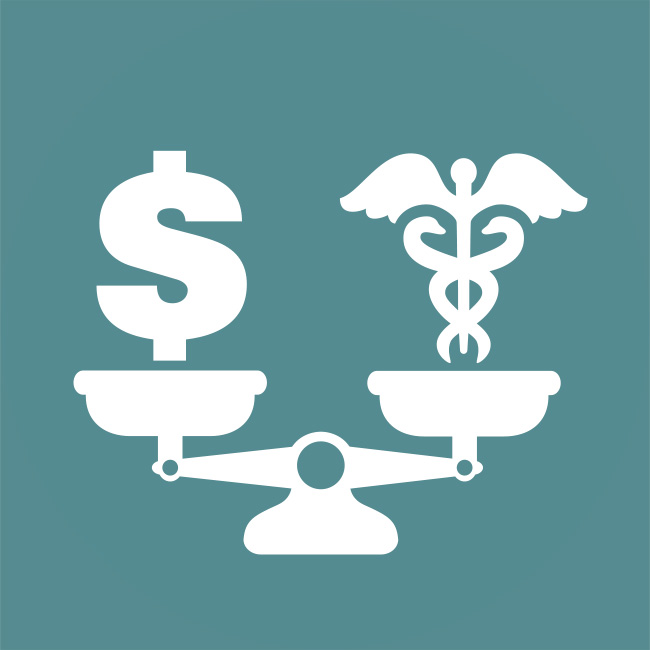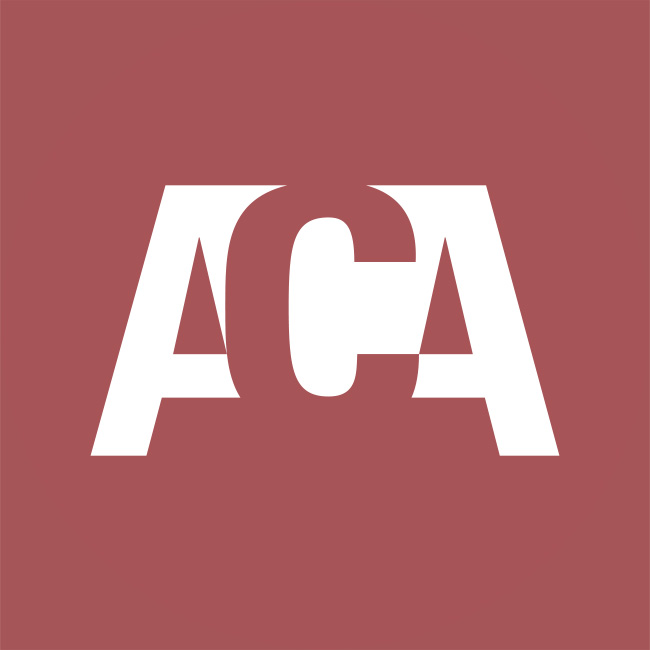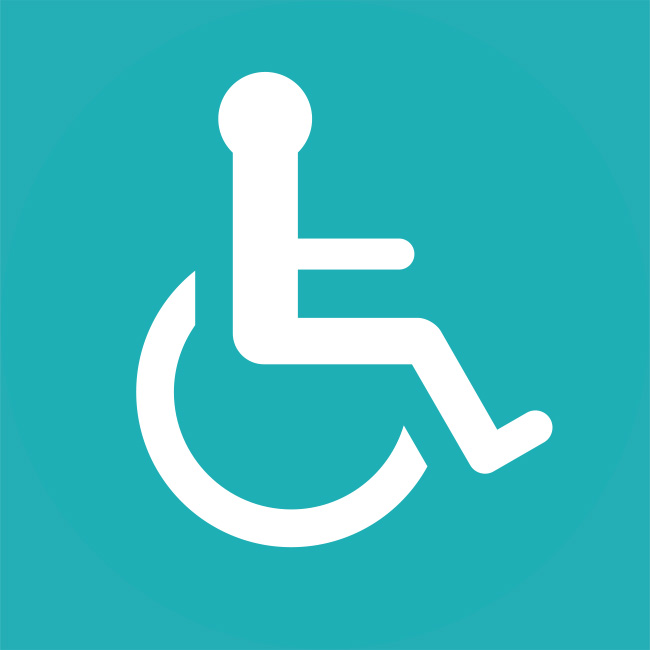
Certificate in Health Plan Navigation
The Certificate in Health Plan Navigation is earned after completing eight one-hour e-learning courses. Each course is available 24/7 for anytime/anywhere self-paced access. The interactive courses are easy to navigate and contain helpful interactive features to support your learning, including quick quiz questions, engaging video clips and a complete glossary of terms.
Certificate in Health Plan Navigation Required Courses
We recommend taking the courses in the following order for optimal learning. Click the courses below to read course descriptions.

People that participate in group health plans will have different levels of health literacy and the majority will have lower health literacy due to a variety of factors. This course defines health literacy and its various subsets and addresses how to evaluate a participant’s health literacy aptitude. The course also provides a comprehensive overview of how to assist low health literacy participants in any setting.

Besides having to understand what their health care needs are and how to access providers, people need a way to pay for the health care they receive. Health insurance is a product that helps to minimize the financial impact of a person’s medical costs by transferring some of the risk to the insurance provider. A health insurance plan will yield several different types of costs that are important for plan participants to be able differentiate and calculate, such as premiums and cost sharing. This course will review these cost-related concepts, as well as introduce additional spending and savings options that can be used to pay for health care and supplies. The course will also review several federal laws that protect participants of group health plans and will explain how people might be charged for certain medical services that are not covered under the health insurance plan.

For health plan participants to successfully access care and utilize plan benefits, it is important for them to understand the various delivery models that exist. Health care delivery is affected by the scope of the plan’s provider network as well as the ways in which the participants can interact with the network. Health care delivery models are regularly evolving based on industry trends, economic and social pressures, and legislative mandates. This course will review how health care plans utilize various models for delivering care to participants.

Plan participants have opportunities to reduce their health care costs and increase the quality of care they receive. They can keep their health care expenses under control by using the plan strategically and by using various tools to maintain good health. Seeking higher quality health care may be another way to reduce health care costs in the long term. This course will review important concepts such as balance billing for out-of-network care, filing claims and appeals, seeking provider price and quality transparency, and utilizing preventive care, wellness programs, disease management programs and precision medicine to improve health and lower health costs.

Overview of Prescription Drugs
For most people, taking medication is a part of daily life and prescription drug coverage provides an opportunity to obtain these drugs more affordably. This course will identify how people can gain access to prescription drug coverage, as well as define different types of drugs and how they may vary in price. It will also review how various plan features can affect cost for plan participants and how participants can purchase necessary drugs using a plan.

The Patient Protection and Affordable Care Act (ACA) was passed in 2010 with the intent of making health care and insurance more affordable and accessible. This course offers an introductory look at the main components of ACA, as well as how the law has changed over time. Learn about mandated benefits and plan design features that affect individuals as well as employer-sponsored group health plans and discover how individuals and small employers can purchase health insurance through the ACA Marketplace and the Small Business Health Options Program (SHOP).

To expand health insurance access, the Patient Protection and Affordable Care Act (ACA) created a new online Marketplace, also called a public exchange, where individuals, families and small businesses can purchase health plans. This course reviews the rules, tax credits and subsidies associated with the ACA Marketplace and the Small Business Health Options Program (SHOP). In addition, learn about how private exchanges sell health insurance to individuals and groups.

Each day millions of people are out of work due to a disabling condition, making disability insurance that is designed to replace income an important and valuable type of coverage. Learn more about various types of private and government-sponsored disability insurance plans as well as how to guide disabled participants and their families through the decision-making process for choosing the best coverage.




